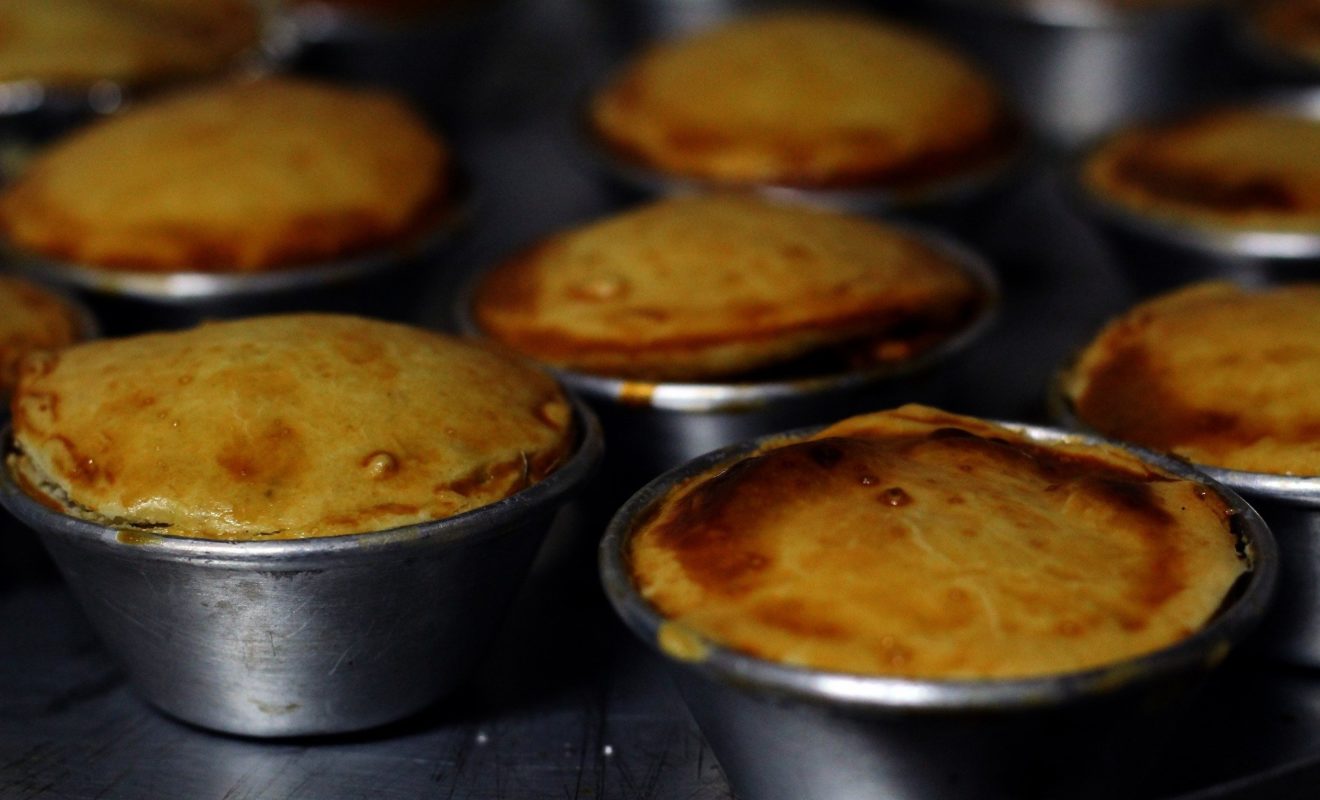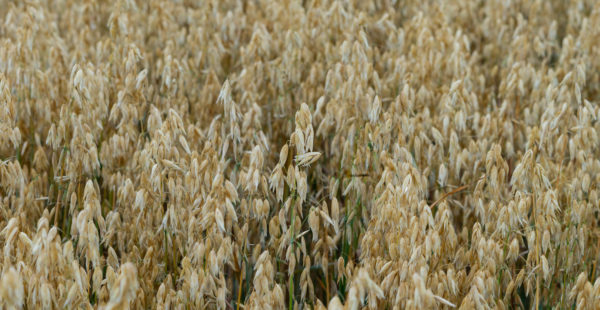Consisting of diced steak, kidneys, and onions in a rich gravy, it has been a staple at dinner times and on pub menus for years, but have you ever wondered how it came to be such a popular dish synonymous with British cuisine? Well, we thought we would celebrate British Pie Week by taking a trip into its delicious history and find out.
Dishes reminiscent of pies have been around since the ancient Egyptians and enclosing a filling in a pastry-like case is certainly not a new concept, having originated in Ancient Rome. The first published recipe used rye dough to surround goat’s cheese and honey.
In the 12th century, it wasn’t uncommon for a butcher and livestock to be brought along on ships as a means of feeding the crew but unsurprisingly, this took up a lot of space and a more suitable alternative was needed. The humble pie crust became a means of preserving meat, which was a necessity for the likes of sailors and missionaries who needed food that was nutritious and filling yet could be carried and stored easily for long periods.
Initially, the casing was discarded rather than eaten but by medieval times, pies became a way for chefs to show off by producing elaborate pastry designs that were used as banquet centrepieces. There were even instances of people being placed inside pies (after cooking!) so they could be part of an entertaining reveal when the lid was lifted.







